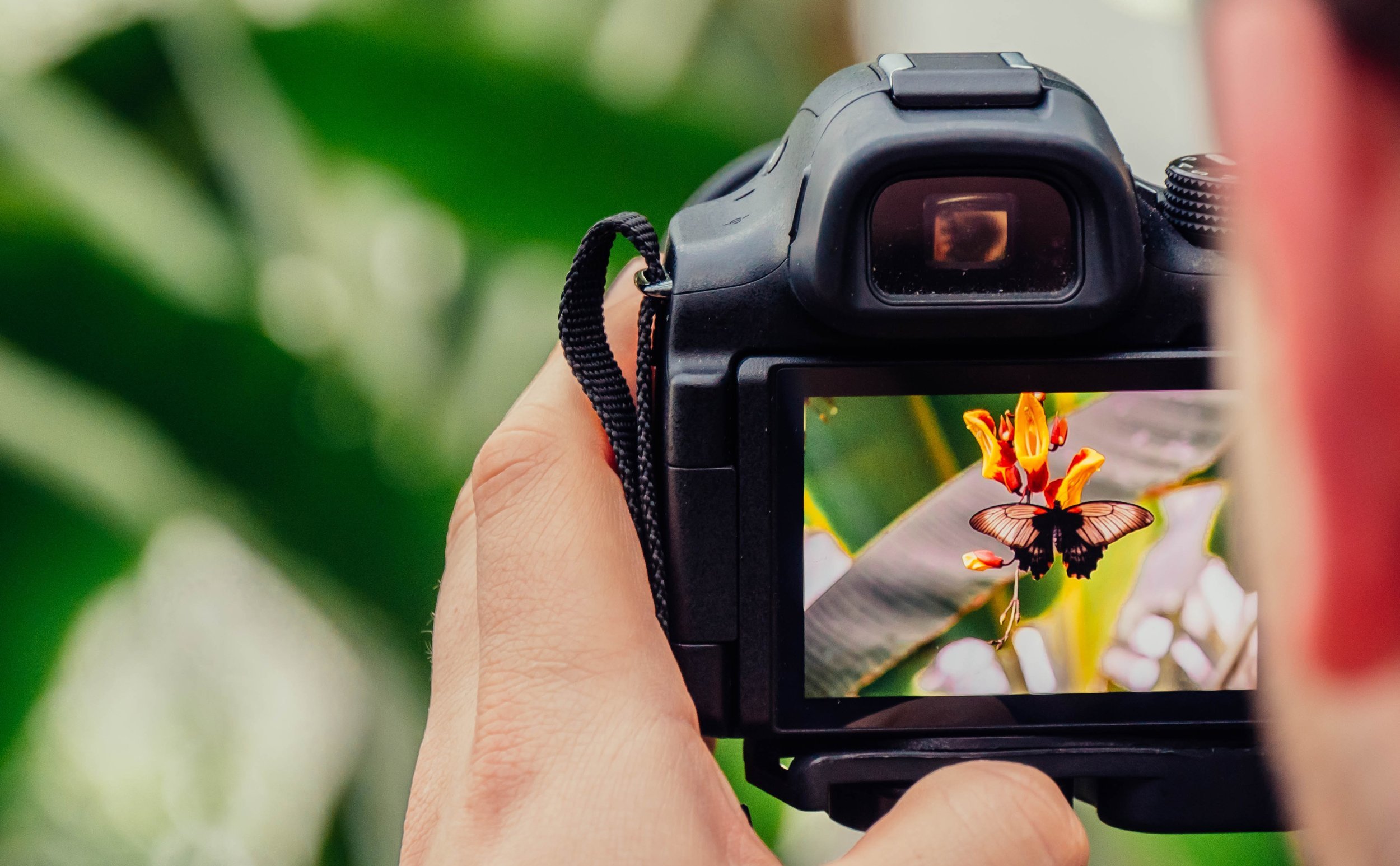Iconic 20th century abstract artist Paul Klee captured art’s role best when he said, “Art does not reproduce the visible; rather it makes the invisible, visible.”
And, true to form, since the earliest times, man has used art as a means to express the ineffable: cave paintings portrayed the fears of hunters; Greeks painted the afterlife to put a positive spin on death; and the Renaissance began using art to portray the feelings and emotions of the human mind. Nothing is perhaps more “ineffable” than trying to explain the infinite physical, psychological, and emotional nuances one experiences when living with a chronic illness. But art and especially photography can help.
Something as simple as viewing or creating art promotes a host of positive effects: reduction of anxiety, mood enhancement, sleep improvement, lowering of blood pressure, lessening of depression. The list is endless. One study using MRI scans even documented how viewing and creating art promoted the ability to repair and “re-channel” pathways in the brain.1
Perhaps, today, no other artform is as ubiquitous or as easily accessible as photography. Taking a slight shift away from selfies and applying a more critical eye can be more impactful to one’s health than many may think. Therapeutic photography (taking photos for the purpose of healing) does not require a therapist or counselor. It includes taking photos, looking at photos, talking about photos, and even considering photos to shoot next.
Five key features of therapeutic photography lead to its healing potential:
- Through the photo lens, we view the world more objectively. We become mindful of the things around us and depict an unguarded view of how we are living.
- Photography is a form of self-expression that can reveal a person’s true state of mind and allow a person to reach a better understanding of themselves.
- Photography allows us to see and think more deeply. We pay more attention to what we think, feel, hear, and, of course, see. Photography forces us to slow the world down.
- With photography, everyday experiences and objects can morph into something extraordinary.
- Photography can unleash the creative spirit. This can be especially helpful for someone with physical or mental impairments, someone who may find other ways to express themselves difficult.2
These findings and more are included in the BioMatrix education program, Camera On!: Healing and the Art of Photography—one of our top booked programs of 2021. Camera On! is appropriate for both patient and provider audiences and is centered around a hands-on photography activity.
To learn more about this and other education programs, click below:
If you are interested in booking a program please contact us at education@biomatrixsprx.com.
Stay informed on the latest trends in healthcare and specialty pharmacy.
Sign up for our monthly e-newsletter, BioMatrix Abstract.
By giving us your contact information and signing up to receive this content, you'll also be receiving marketing materials by email. You can unsubscribe at any time. We value your privacy. Our mailing list is private and will never be sold or shared with a third party. Review our Privacy Policy here.
References
“Special Report on Art and the Brain.” Art & Creativity for Health. Sept. 2017. art4healing.org
Gabriel, Michael. “Can Photography Be Used as a Form of Therapy?” Contrastly. Contrastly.com





